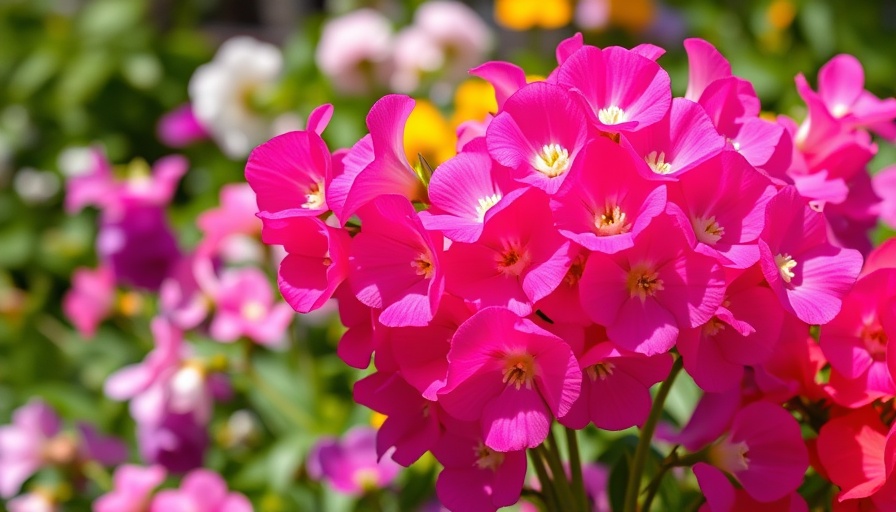
Embracing Sweet Peas: The Charming Adding to Your Cutting Garden
If you’re looking to infuse your cutting garden with delightful fragrances and vibrant colors, look no further than sweet peas. These charming flowers have a rich history, once a staple in English gardens, and their popularity is resurging in floral arrangements today. Sweet peas, known scientifically as Lathyrus odoratus, offer more than just their beauty; they bring a sense of nostalgia and whimsy that many gardeners cherish.
Why Sweet Peas are Worth the Effort
Sweet peas may require some extra attention at the start, but the rewards are well worth it. These flowers aren’t just pretty faces; they are highly fragrant and attract various pollinators, enriching your local environment. Growing them can be seen as a labor of love, something you cherish, especially with their ability to elevate a simple bouquet into an aromatic centerpiece.
Choosing the Right Type of Sweet Pea
When selecting sweet peas for your garden, it's essential to know which variety aligns best with your climate:
- Winter Flowering: Suitable for warmer areas, these peas can bloom mid-winter and should be sown in autumn.
- Spring Flowering: These are mid-season bloomers, great for gardeners who may shield them from late frosts.
- Summer Flowering: The most commonly grown type, these peas are perfect for cooler climates and adapt well to late-season planting.
Starting Your Sweet Peas: Seed Timing and Conditions
The timing of your sweet pea sowing can significantly impact their growth. In milder climates, starting in the fall gives a head start, whereas, in most regions, late winter to early spring is ideal. Sweet peas prefer the coolness of early spring, making this critical for successful germination.
Creating the Perfect Growing Environment
Sweet peas thrive in nutrient-rich soil and require adequate sunlight and moisture. Consider adding raised garden beds or trellises not only for aesthetics but also for optimal air circulation, which can help discourage pests and diseases. A simple trellis can also support their climbing nature, enhancing the vertical beauty of your garden.
Harvesting and Arranging Sweet Peas
Once your sweet peas start blooming, the fun continues with harvesting! Snip them regularly to encourage more bloom, and enjoy arranging them in your favorite vases. Their scent is sure to bring a smile to anyone who enters your home.
Popular Misconceptions about Sweet Peas
A common misconception is that sweet peas are challenging to grow or are only for experienced gardeners. In reality, with the right conditions and care instructions, even novice gardeners can successfully cultivate these lovely flowers. Their finicky nature is often exaggerated, keeping passionate gardeners from embracing their cultivation.
Conservation and Planting Sweet Peas
Planting sweet peas isn't just about aesthetics; it ties into broader environmental initiatives. By growing them, you support local pollinators and promote biodiversity, creating a thriving ecosystem in your backyard.
As you embark on or continue your floral gardening adventures, consider adding sweet peas to your collection. Their beauty can enhance your garden, and their scent brings joy to any space. Sweet peas are a reminder that with a touch of patience and care, even the most delicate flowers can blossom beautifully.
 Add Row
Add Row  Add
Add 




Write A Comment